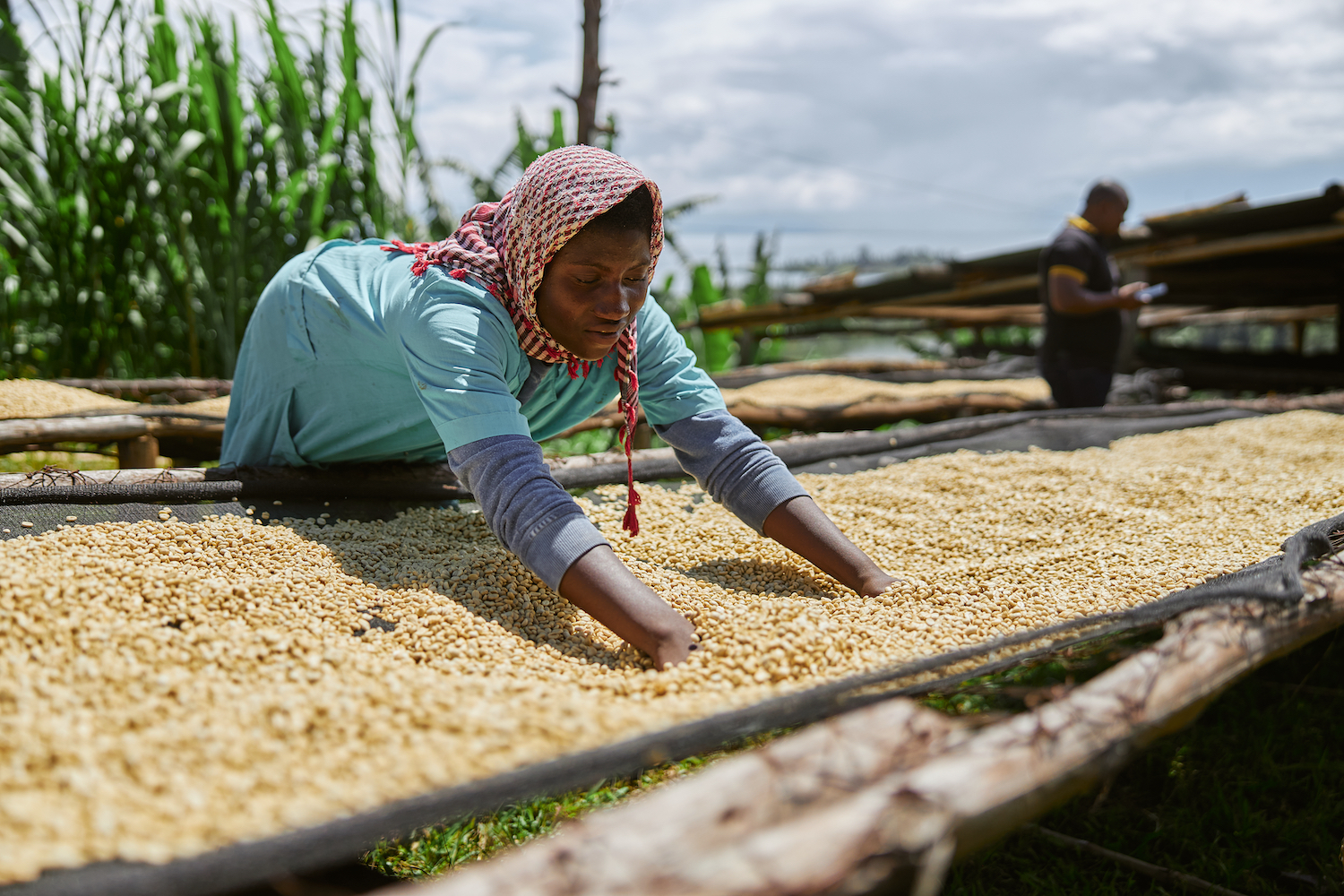Find great companies, add growth capital, and the result are bigger, stronger, more scalable companies.
This analysis demonstrates what happens when the “missing middle” of capital is deployed. It proves it is possible to find companies that are tiny (often under $100,000 in annual revenues), and within five years help them triple – or 5x or 50x – in size.
We’ve no doubt this result is unique to these few dozen companies. We suspect, if given sufficient capital, we could replicate this result for 1,000 small and medium-sized enterprises or even 10,000 SMEs across the African continent.
And while we don’t yet have data on growing companies from $1 million to $10 million, these companies are on that path too, and we’ll add that milestone and show off the result of that growth well within the next five years.
Tiny to traction
Africa Eats may only have been around since 2020, but 14 of our portfolio companies have been operating since at least 2016. What is amazing to see is the growth of these companies.
We’ve previously touted their growth, from under $1 million to over $16.8 million in seven years, in terms of aggregate revenues.
Today let’s instead look at their growth in terms of individual scale, dividing them up by those above $250,000 in annual revenues (USD equivalent), those above $500,000, and those above $1 million.
What is interesting (and impressive) is seeing how half of these tiny companies four or five years ago are small, medium, or large, with the graph clearly demonstrating how quickly these companies are growing upward in scale.
Growth trajectory
Back in 2016 all but one of our companies was under $250,000 in revenues, and the largest was not yet earning $1 million. In 2017 the number of companies grew to 23, with that previous largest surpassing the $1 million annual milestone, but just one other above $250,000. By 2020, there were 26 companies (just three more), with then 8 above $250,000 and still just two above $1 million.
That year was when Africa Eats arrived to help these companies grow and, wow, did they grow.
By the end of 2021, the number of companies above $250,000 nearly doubled to 15 with 9 of those above $500,000 and 4 passed the $1 million annual revenue milestone.
The 2022 values in the above graph are the projections from the entrepreneurs as of January 2022. The expectations are 21 above $250,000, 13 above $500,000, and 7 earning more than $1 million for the year.
Operational capital
Growth capital helps companies grow. No surprises there.
What you can’t see from the graph is how the companies managed this growth. This wasn’t a process of “burning” capital, as we typically see from venture capital funded companies. There wasn’t much spent by any of these companies on marketing.
Goldenpot, for example, had revenues of just $4,000 in 2017 and $11,000 in 2018. Africa Eats invested $15,000 in 2020 so that this company could purchase some missing equipment, and revenues in 2021 grew to $252,000. In 2022, Africa Eats invested another $50,000 to bring Goldenpot’s new factory up to speed, and revenues for 2022 are projected to surpass $500,000.
Africa Eats provided a series of operational capital loans to Agro Supply in 2021, $50,000 to $65,000 at a time, each to pay vendors for goods that customers then purchased two or three months later, repaying the loan and making a profit for the company. Agro Supply’s revenues in 2019 were just $98,000, and grew past $1 million in 2021.
Year One at Paniel Meat Processing was 2017, with $35,000 of revenues. By 2020, the company had nearly bootstrapped up to $310,000, with less than $30,000 of capital from outside investors. In 2021, Africa Eats invested $50,000 for operational capital and equipment and revenues just nearly doubled to $600,000. Along the way, PMP spun out its logistics into a standalone company that earned another $500,000 in revenues in 2021. Africa Eats invested $200,000 into that company earlier this year and revenues so far in 2022 are already passed all of last year, and likely will surpass $1 million for all of 2022.
Meeting demand
These are three of dozens of similar stories across these companies. The common theme seen by nearly all these companies are each $1 of investment turning into more than $1 of new revenues. And what these numbers don’t show is that nearly all of these companies are profitable, with the pandemic causing most of the losses in the last two years.
The growth came from scaling up operations to meet customer demand. The growth capital was mostly spent on operational capital, equipment, and trucks. And the results of that are crystal clear.
My takeaway from this analysis is that all the talk about funding the “missing middle” needs to turn into action, as this proves it possible to fund tiny companies and have them grow to be significant in scale.
What I’m personally looking forward to is not just doing more of that through Africa Eats and my other funds, but coming back to this post in 2024 to show how many of these companies are then past $10 million in revenues.
We are likely to see the first of these companies reach that milestone this year. Even more exciting than that big number is the fact that I met that company back in 2014, back when they had just finished their first year of operations. Revenues in 2013 were $100,000, which means if they do surpass $10 million in 2022, they’ll have proven it possible to grow 100x in less than 10 years. In Africa. With physical products, not software services. More on that when it happens.
Meanwhile, if you questioned whether it possible to invest in Africa, to make money investing in Africa, and to make a difference investing in Africa, hopefully this analysis made all those questions moot. Yes, yes, and yes.
Luni Libes is founder and CEO of Africa Eats.











